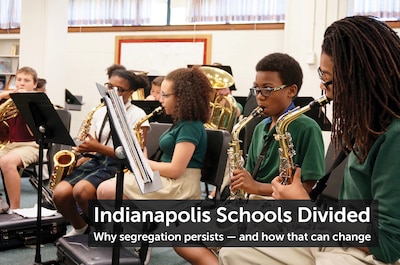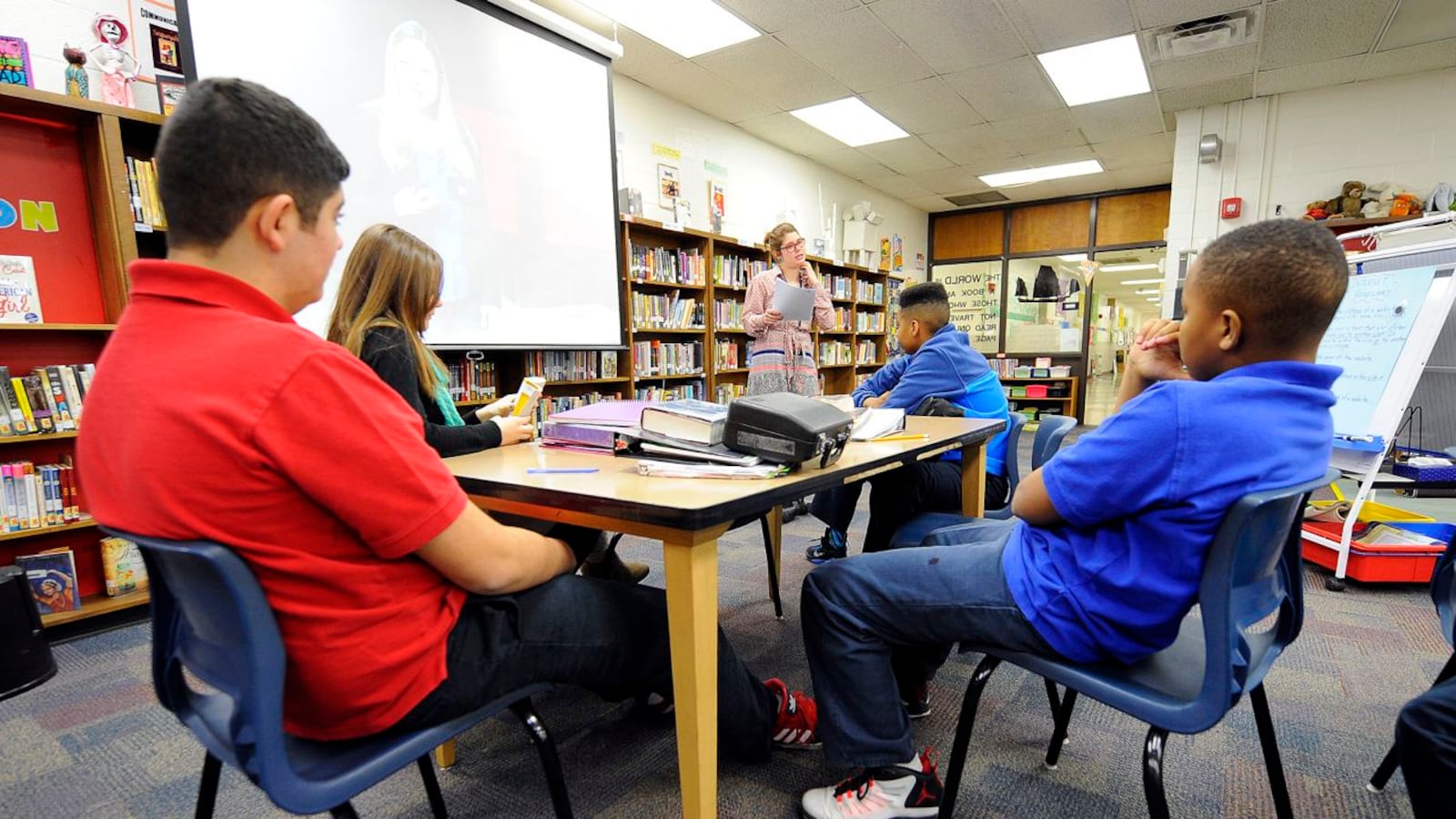Beginning next year, low-income students and children of color will have a better chance of admission to the most sought-after magnet programs in Indianapolis Public Schools.
At least that’s the intent of a plan approved Thursday night by the IPS school board that changes admission rules for the coveted programs, allowing more kids to win admission from outside the largely affluent neighborhoods where many of the schools are located and giving families more time to apply.
The board hopes the changes will make the process fairer for families and increase diversity in the district’s most popular schools.
“Magnet schools were born out of the civil rights movement and were intended to help school districts to reintegrate,” said board member Gayle Cosby. “We want to make sure that magnet schools are not actually serving a different purpose in our district.”

The change comes in the wake of a series on segregation from Chalkbeat and the Indianapolis Star that exposed how the old rules gave the most privileged families in the district an admission edge at sought-after schools.
All five members of the board who were present voted for the change, but some parents were skeptical. There was enough opposition from members of the community that Board President Mary Ann Sullivan held a last minute meeting this morning with dozens of parents who had reached out to the district. Many of the critics came from neighborhoods that will no longer have priority in admissions to the district’s top magnet schools.
Parents also raised concerns about the changes to the priority boundaries at the board meetings this week.
Hannah Kiger, a parent of two children at Center for Inquiry School 27, spoke Thursday about her experience as a resident in the Fall Creek neighborhood, an area where children will no longer get an advantage in admission to School 27.
When Kiger moved to the neighborhood, she said families she knew would leave when they had children because they did not like the public school nearby. After she and her husband had a daughter, they began looking at schools, she said.
“I was delighted to find out that the public school that she was districted for had become a magnet school,” Kiger said. “It gave us a good, realistic option for her.”
Kiger criticized the board’s process for developing the new plan, saying it did not take the neighborhood demographics into consideration and there were not enough opportunities for input from parents.
But there were also supporters of the new lottery rules.
Troy Montigney, also a resident of Fall Creek, said that making the schools more accessible to low-income families would help increase opportunities for children to escape poverty.
“Parents can choose from many high-quality education options,” he said. “Unfortunately, not everyone as the plan currently exists has the same opportunity to pursue learning at the schools affected by this decision.”
District staff expect that the changes will increase diversity at the most popular magnet schools because under the old rules, white students were much more likely to win spots than other students. At the Center for Inquiry Schools, for example, more than half of the kids who were admitted to the schools are white while just a third of the kids on the waitlist are white. Most of the kids who applied and didn’t get in were black or Hispanic.
That’s in part because the admission rules at the schools gave an edge to some of the most privileged students in the district by giving preference to students who live within about a mile of the schools. The schools’ early application also favored high-income families who are more likely to be savvy about school applications
Under the new rules, the district will continue to give families who live near magnet schools an advantage in the magnet lottery, but the priority boundary will be smaller, opening more seats for students who live in other parts of the city.
The deadline for applying for spots in the magnet schools will also be extended, with the addition of two lotteries later in the year so that families who don’t make their choice by the early-January deadline for the first lottery still have a chance of winning spots.
“I know that not everyone is going to be personally happy with these changes,” Sullivan said. “But in a sense, this problem is something that we should be celebrating, because we actually have more interest in our schools than we are able to meet.”

